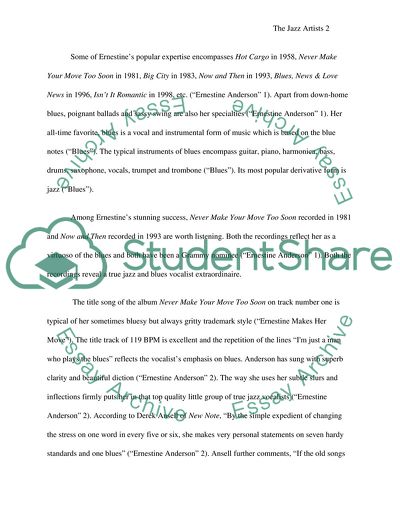Cite this document
(Jazz Legend: From Intimate Trio Formats to Big Bands Research Paper, n.d.)
Jazz Legend: From Intimate Trio Formats to Big Bands Research Paper. https://studentshare.org/music/1745175-two-famous-artist
Jazz Legend: From Intimate Trio Formats to Big Bands Research Paper. https://studentshare.org/music/1745175-two-famous-artist
(Jazz Legend: From Intimate Trio Formats to Big Bands Research Paper)
Jazz Legend: From Intimate Trio Formats to Big Bands Research Paper. https://studentshare.org/music/1745175-two-famous-artist.
Jazz Legend: From Intimate Trio Formats to Big Bands Research Paper. https://studentshare.org/music/1745175-two-famous-artist.
“Jazz Legend: From Intimate Trio Formats to Big Bands Research Paper”. https://studentshare.org/music/1745175-two-famous-artist.


